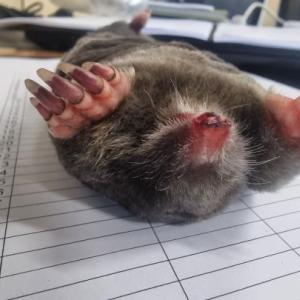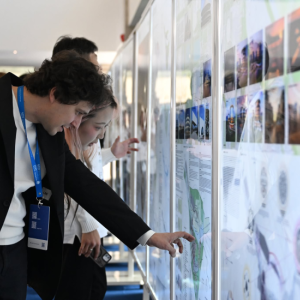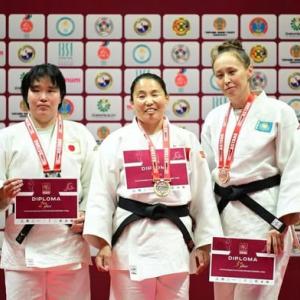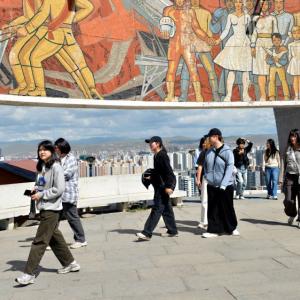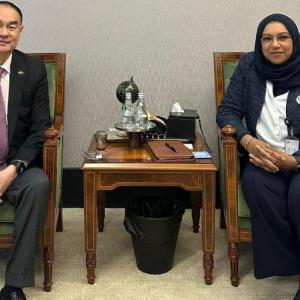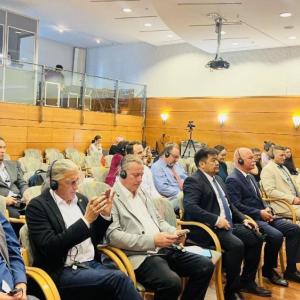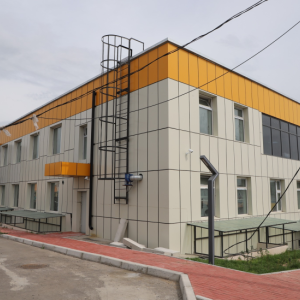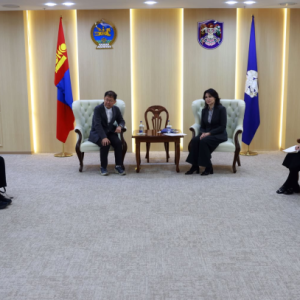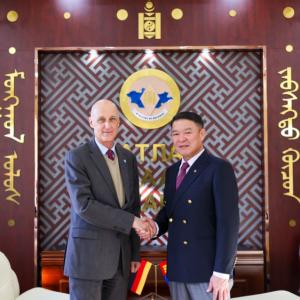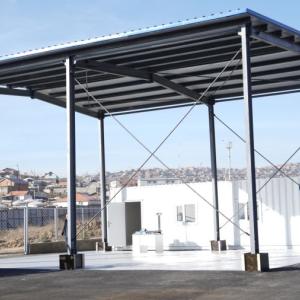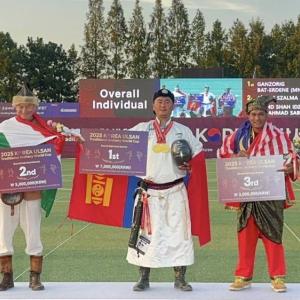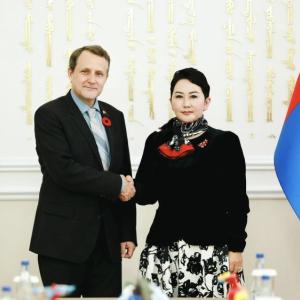Over 320 valuable items of Mongolian craftsmen on display
Art & Culture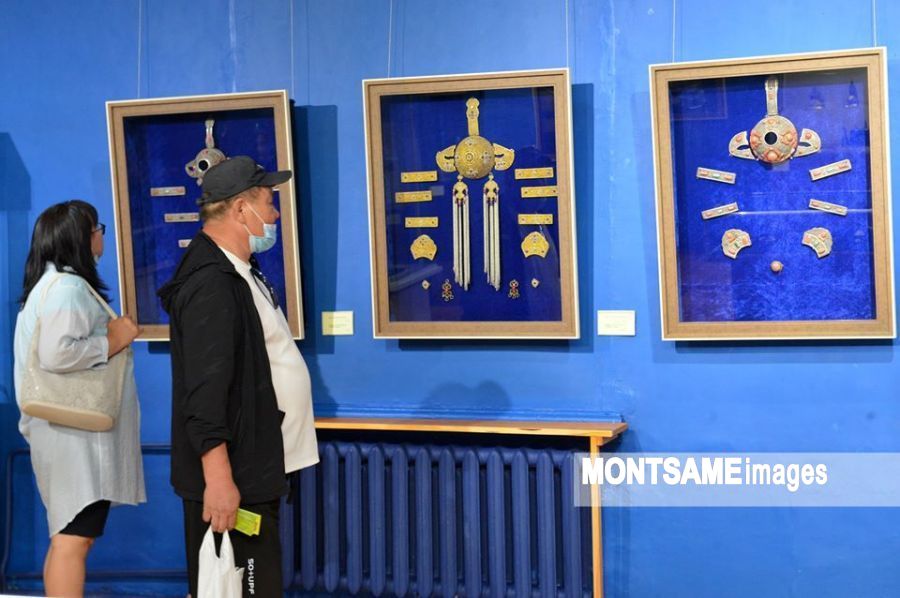
Ulaanbaatar /MONTSAME/. There are more than 3,000 valuable arts and historical items are being preserved at the Zanabazar Museum of Fine Arts, which is renowned as the museum for the works of ‘High Saint’ or Undur Gegeen Zanabazar, Mongolia's first theocrat ruler, prominent statesman, religious and cultural figure. The museum in Ulaanbaatar, is showcasing over 320 items from its rich treasury for an ongoing exhibition ‘Best Works of Mongolian Craftsmanship’.
This exhibition is unveiling items reflecting traditional craftsmanship and artisanship of various designs belonging to different ethnic groups of Mongolia, such as knives made by prominent craftsmen of earlier times, namely, Chavgants Jambal, Sambuu and Erentei, and queen's headdresses and accessories, tools and religious utensils and Mongolian household items made by unknown craftsmen. Most of the exhibits have never been displayed to the public before.
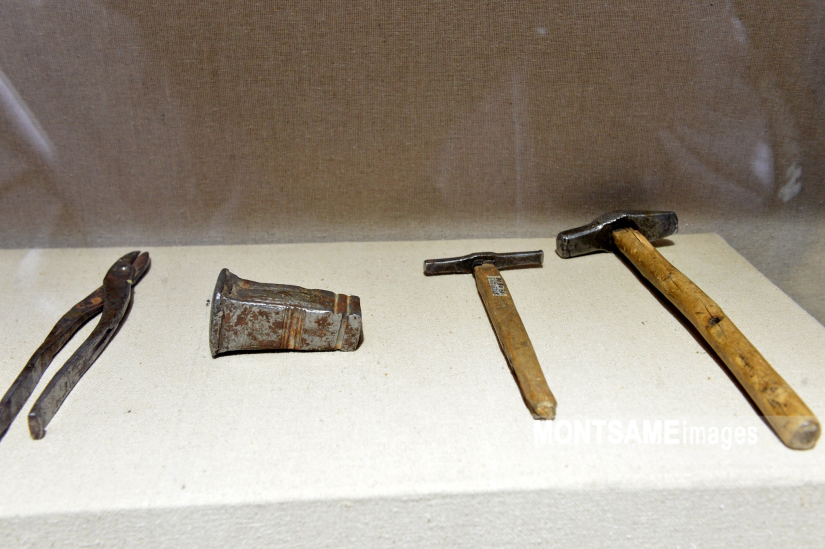
The exhibition is expected to remain open for public view until the end of this year.
Some of the notable exhibits being displayed at the ‘Best Works of Mongolian Craftsmanship’ exhibition:
Bronze sword dating back to the Bronze Age: The double-edged sword, found in Umnugobi aimag, has a broken tip, a handle of an ibex head, and is made from molded bronze. Knives, arrowhead, ornaments and household items made of bronze are often found in Mongolia, but not many swords are detected.

Saddle, bridle: The saddle dating back to the XX century is made of silver, wood, leather and sling materials. There are reports that saddles were used during the Xiongnu or the Huns period (3rd-1st century BC). The saddle consists of a saddle stick, a front and back pommel, round plates on the saddle cloth, a ridge, a thong, a cover, a saddle cushion, a saddle cloth, a pedal strap or a sling, a pedal, a saddle-blanket, a saddle girth.
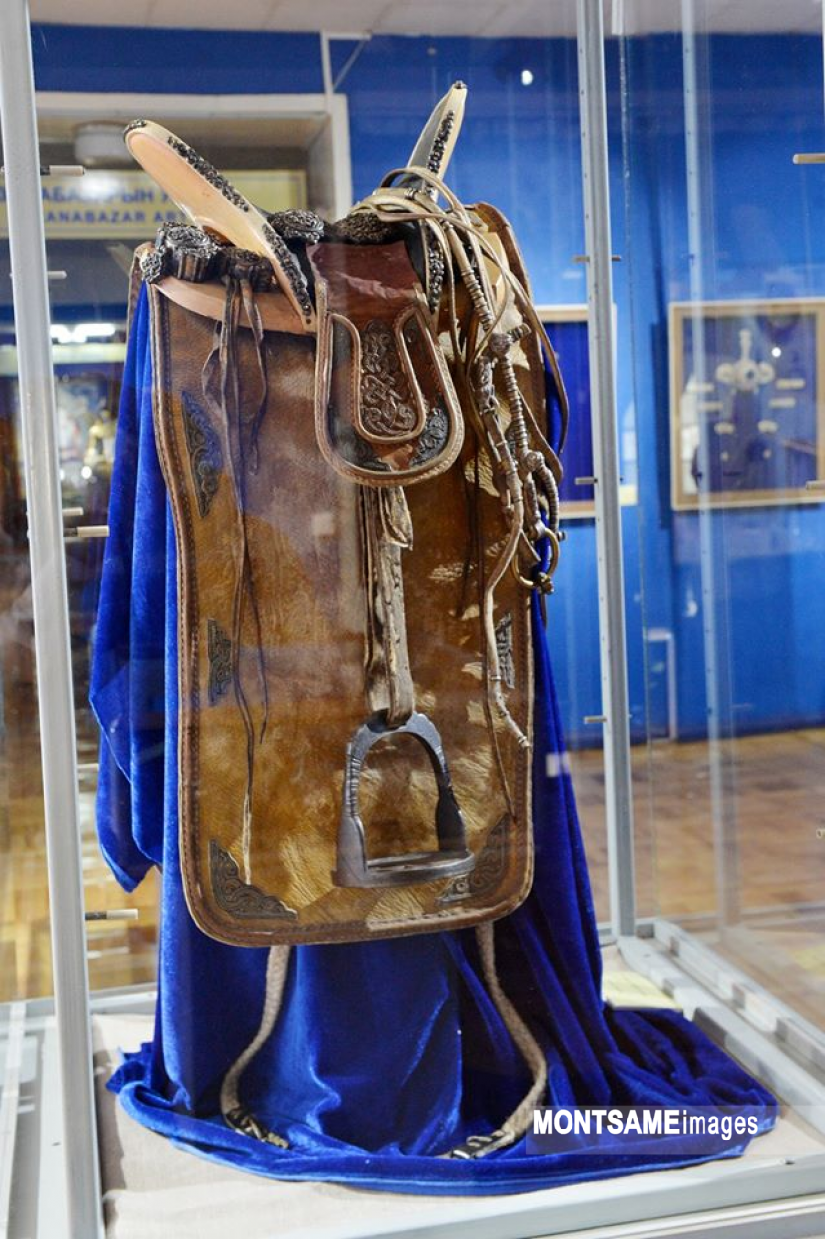
Ceremonial dress: This Mongolian woman's state ceremonial dress is believed to be created by a method known as ‘Shagdar's encrust’ /зүмбэрлэх/. At that time, decoration of walls and furniture of monasteries were created using this type of method.
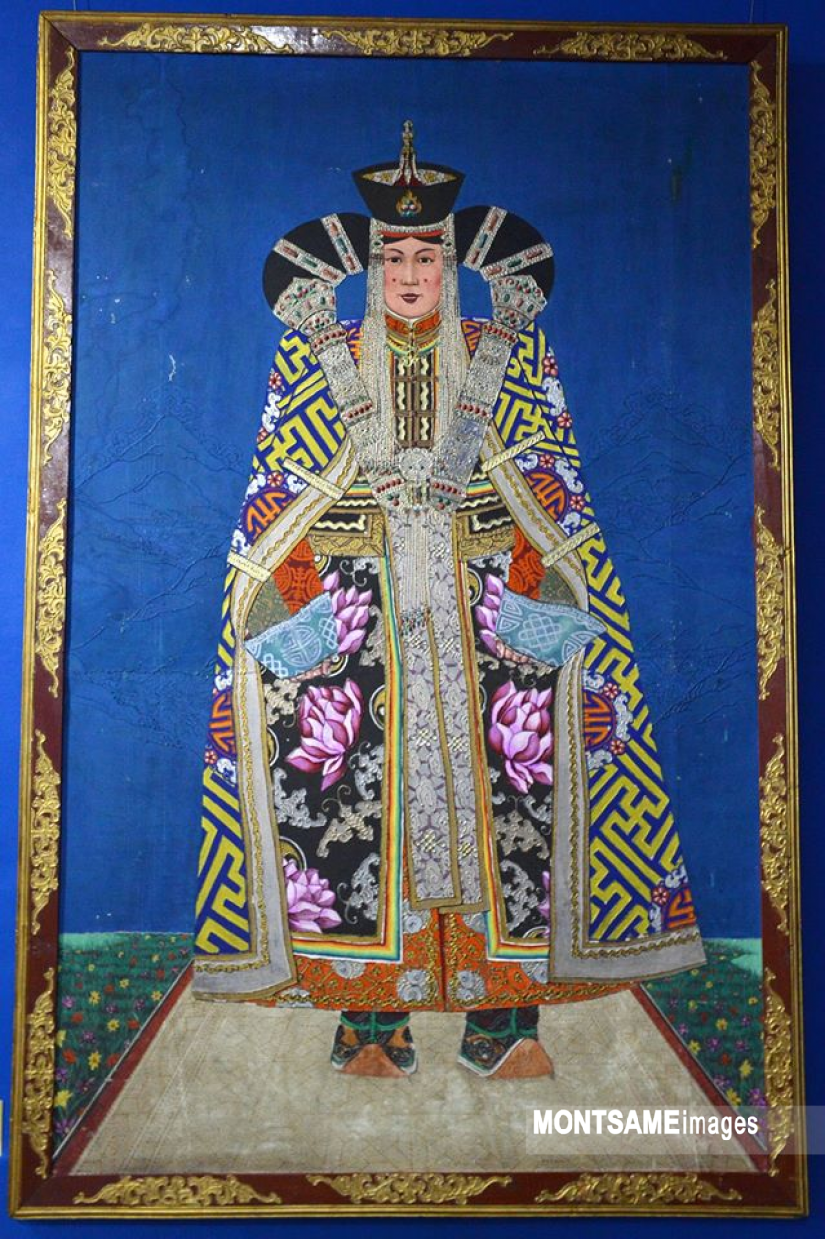
Woman’s jewelry and accessories: The Mongol women during the XIII century period wore long sleeveless garments with open slopes over their Deel dress, and a bogtag hat. This hat, which was worn by only married women, are divided into two general types and shaped like a conical from the top to the bottom as in a funnel. The main body is made of fine bamboo, willow twigs or wire mesh, and can be covered with silk, brocade, and felt, according to the season.
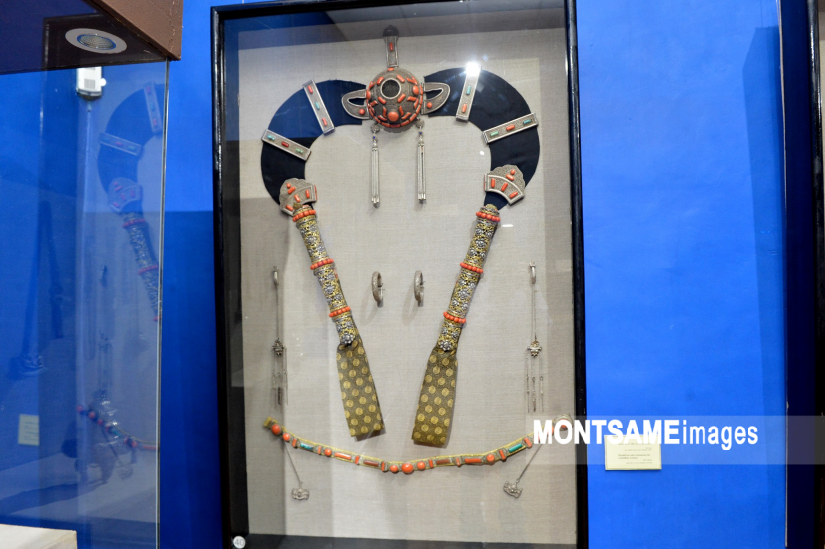
Khalkh woman’s headdress: Mongolian woman braided her hair in 2 strands and dressed with wife ornaments according to local traditions when they got married. The wives of the central Khalkh (ethnic group) wore their hair in a circle with silver clips in the middle and oval clips in the root. They also put a gold and silver steel carving embedded with precious stones such as pearls and beads on their forehead and wore a hat on them. Besides, only Khalkh aristocratic women wore brooches as a form of respect for their deities.
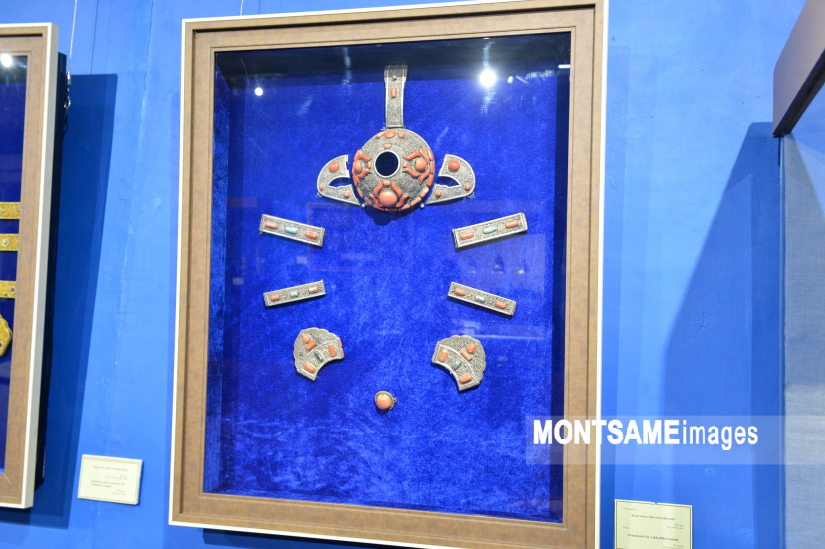
Dariganga wife’s headdress: Embedded large square and rounded corals, 3 layers of coral beads extending from both cheekbones, a pearl mesh sewn on the forehead, and coral embossment, textiles and embroidery hanging on both sides emphasizes the uniqueness of this headdress. Dariganga (ethnic group) head bandages are classified as for ladies and for girls.
Also, some of the most popular design technique that can be seen at the exhibition are:
Dariganga design: Dariganga technique is the process of creating a basic drawing by carving wood, and folding and cutting papers. Afterward, the technique includes smearing of a paper on thick silver, digging, engraving and crafting with double white embossing methods. A great amount of silver material is needed when using Dariganga design, large-sized corals and gemstones are used for embedding process in this type of design. Another special feature if Dariganga design technique is that gold was commonly used for aristocratic luxury needs.
Borjigon design: The main method of crafting in Borjigon design is casting. Borjigon's design includes a depiction of a dragon and an ultra-knife at the bottom of a silver bowl.
Batnorov design: The main feature of this design is a drawing of the ornaments and patterns in a braided position and patterns are made in such a way that they can be seen fully, not half-visible.
Dalaichoinhor design: Dalaichoinhor design is a very famous and well-known steel carving and its unique feature is that ornaments are engraved on steel, then covered with gold and plated with silver. The carvings of the design are well polished so that they don’t wear out, rust, deteriorate, or harden over time, which emphasizes the quality and the uniqueness of the design.
Noyon serwei design: Silver bowls made of silverware in Serwei soum of Umnugobi aimag created by using this type of design technique are very popular. Inside the Noyon Serwei’s silver bowl, the bottom is made of high-grade silver, layered with thick silver wire, and decorated with intricate patterns.
Craftsmen’ tools - There are about 30 types of tools, more than 160 in number, and some Mongol craftsmen even have about 500-600 tools. Among the tools of Mongolian craftsmen, the most valuable is called Noyon Three Tools, which include hammers, anvil, and scissors, and there was a strict rule that tools of a craftsman must not be touched by anyone other than a craftsman himself.
B.Dolgormaa
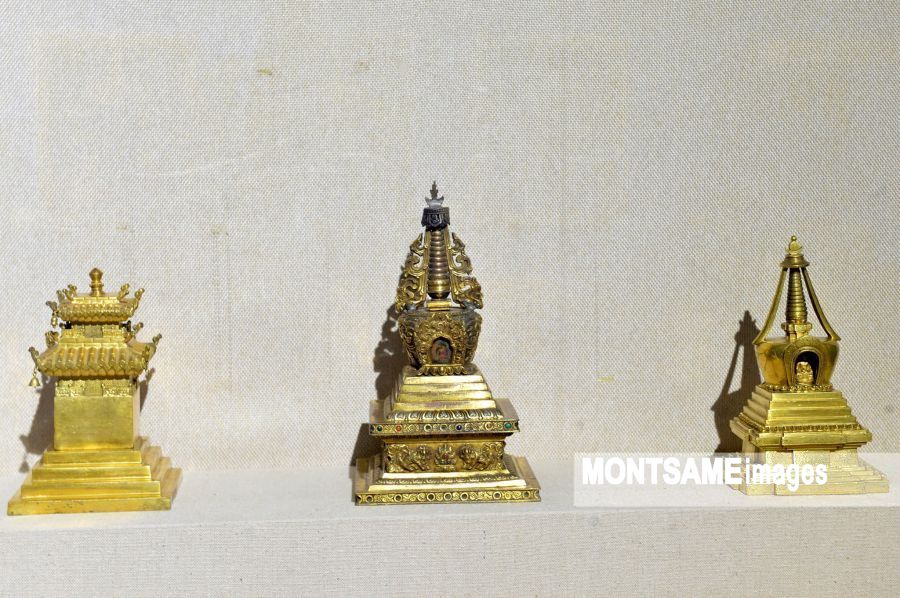
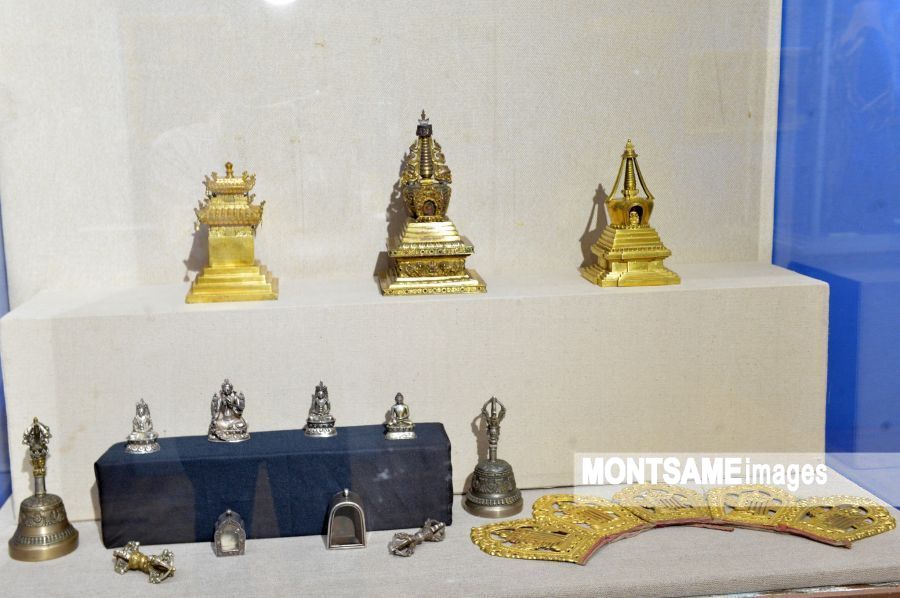
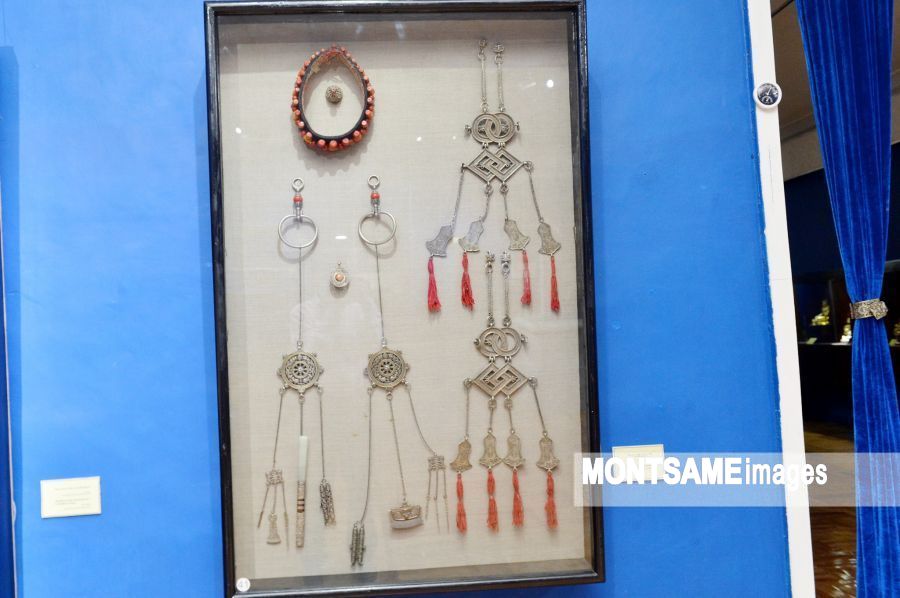

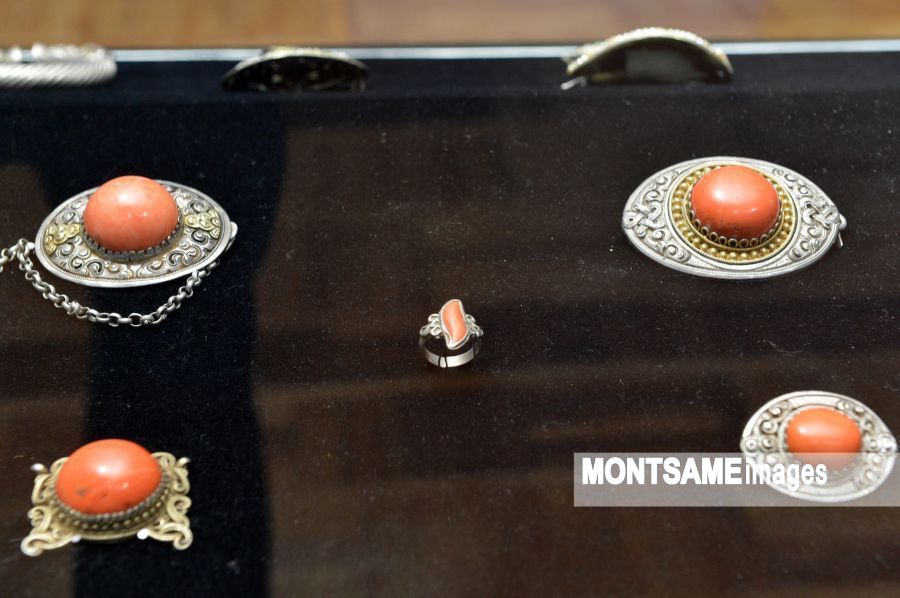
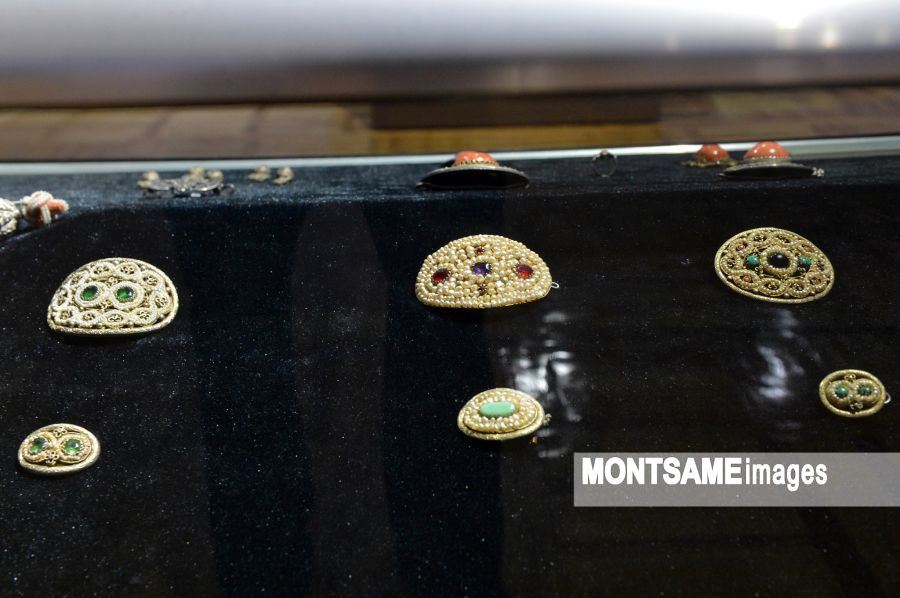
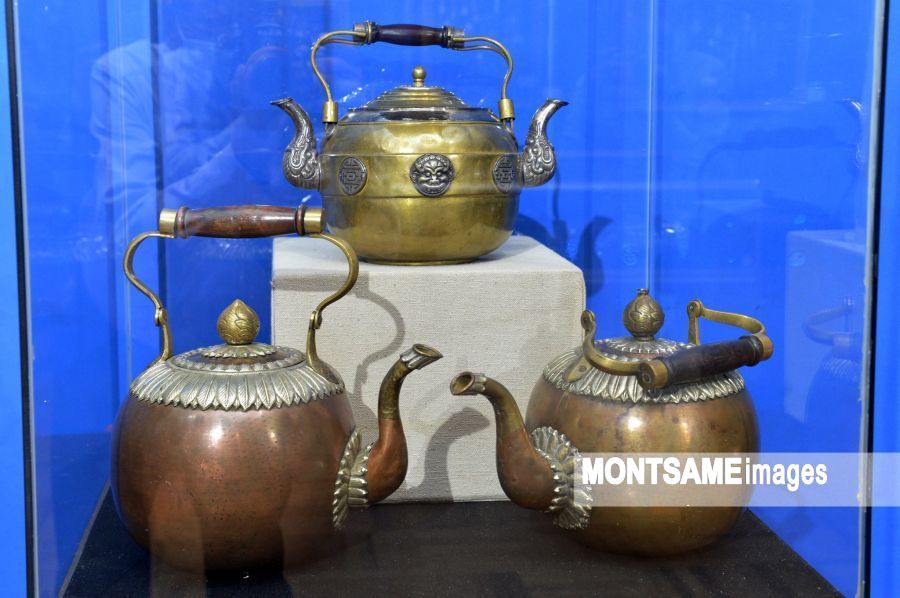
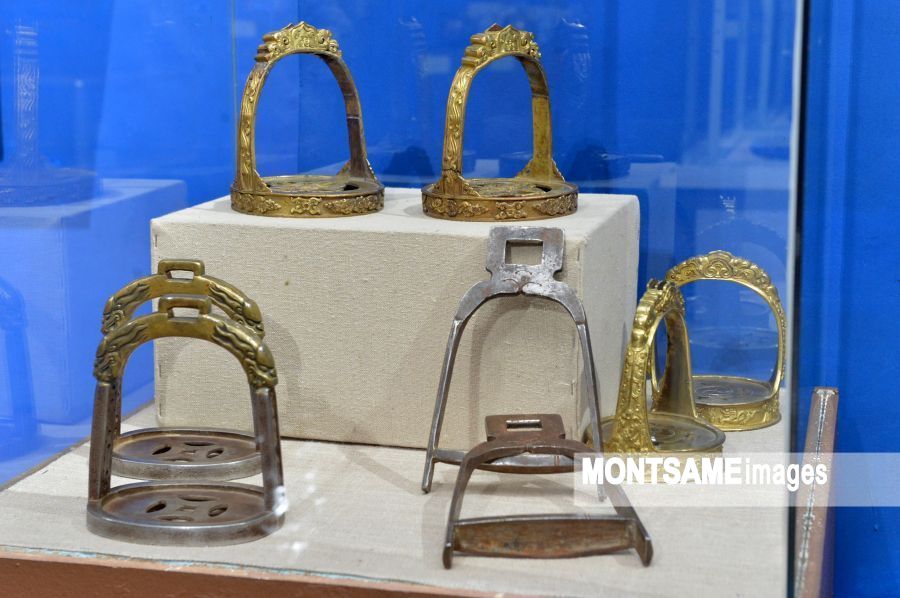
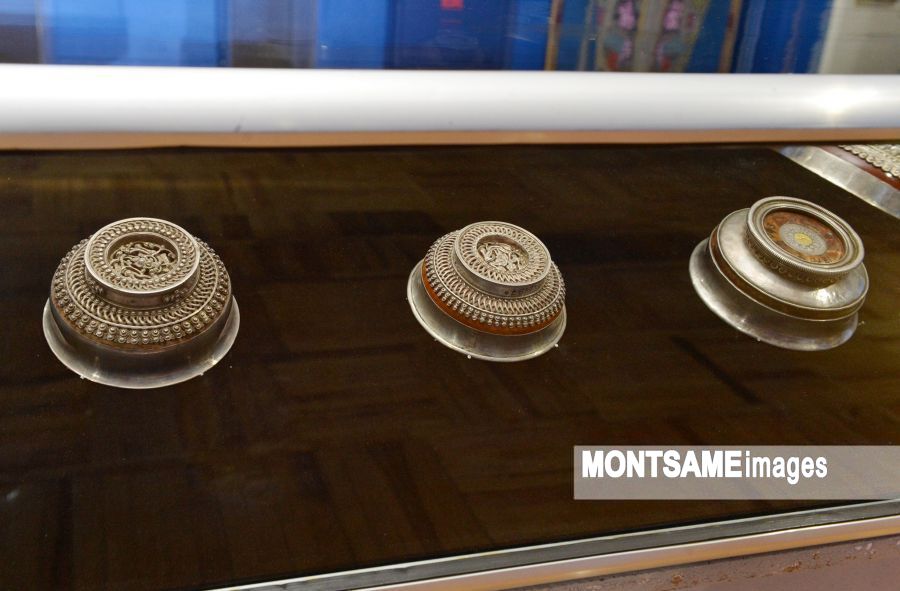
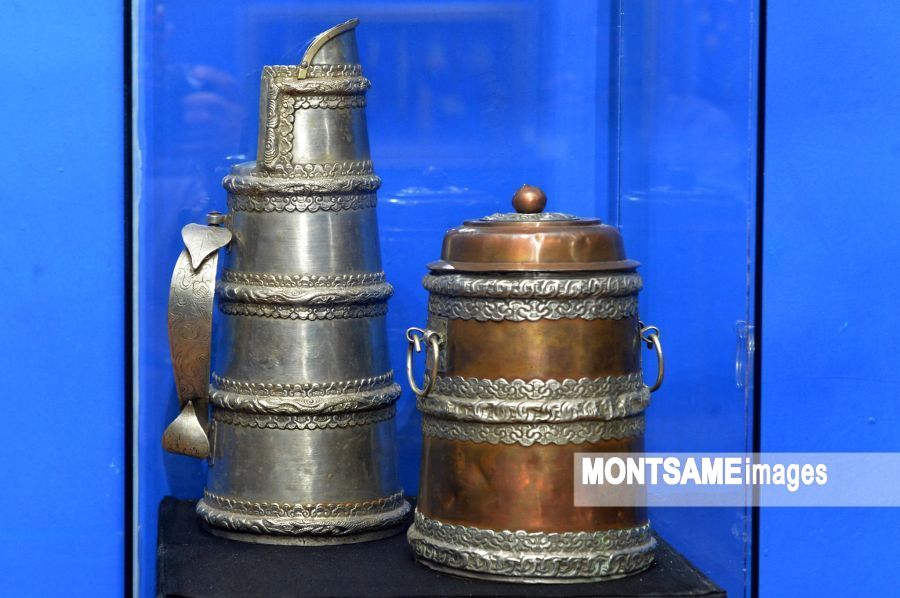
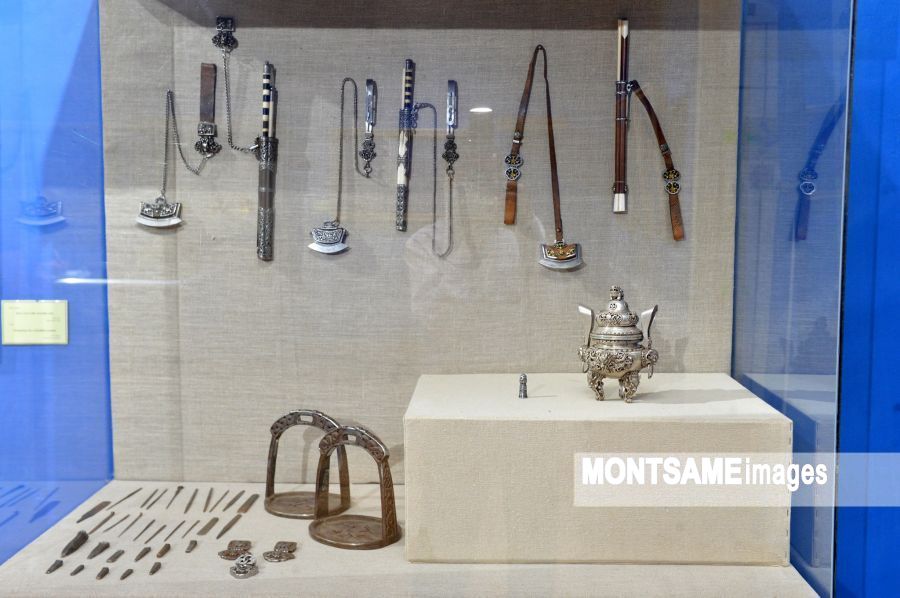
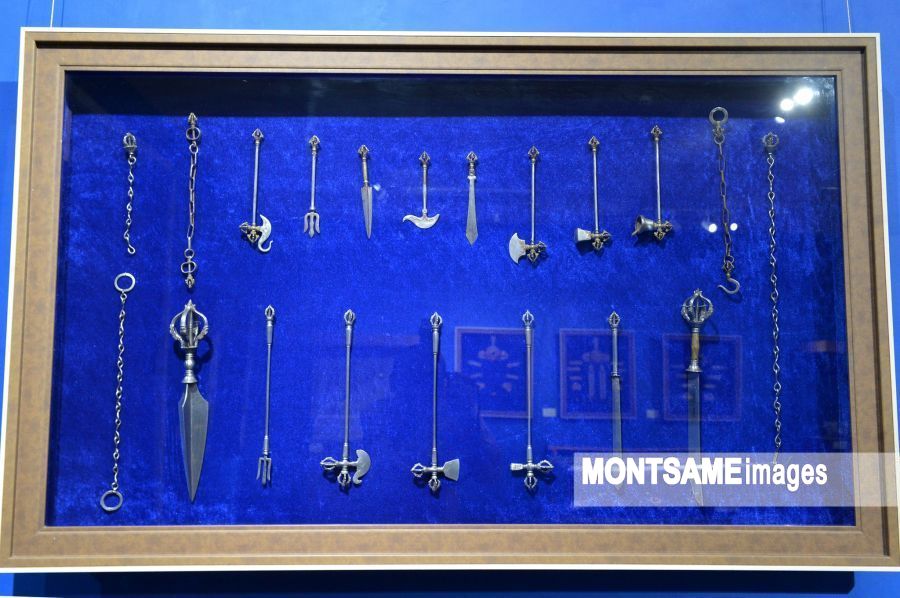
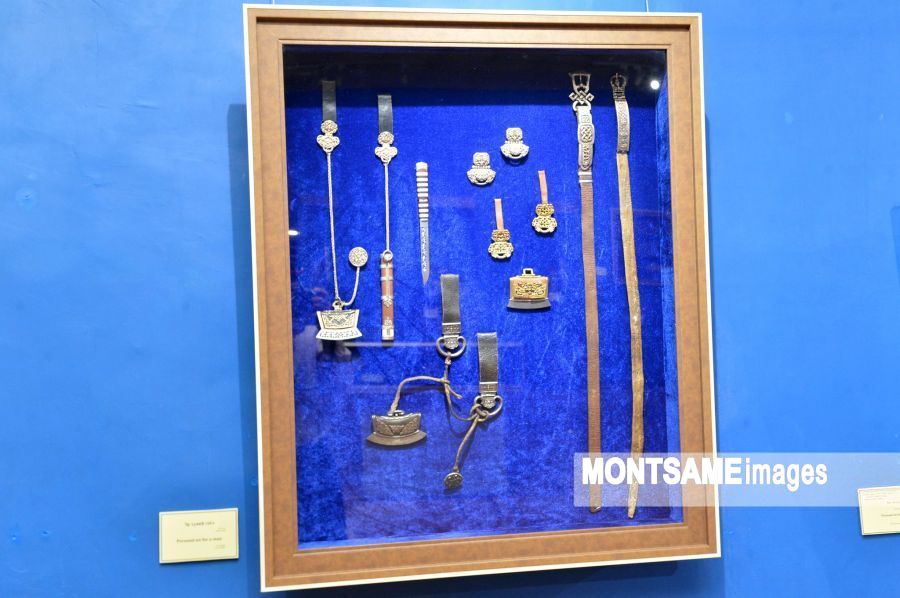


 Ulaanbaatar
Ulaanbaatar







